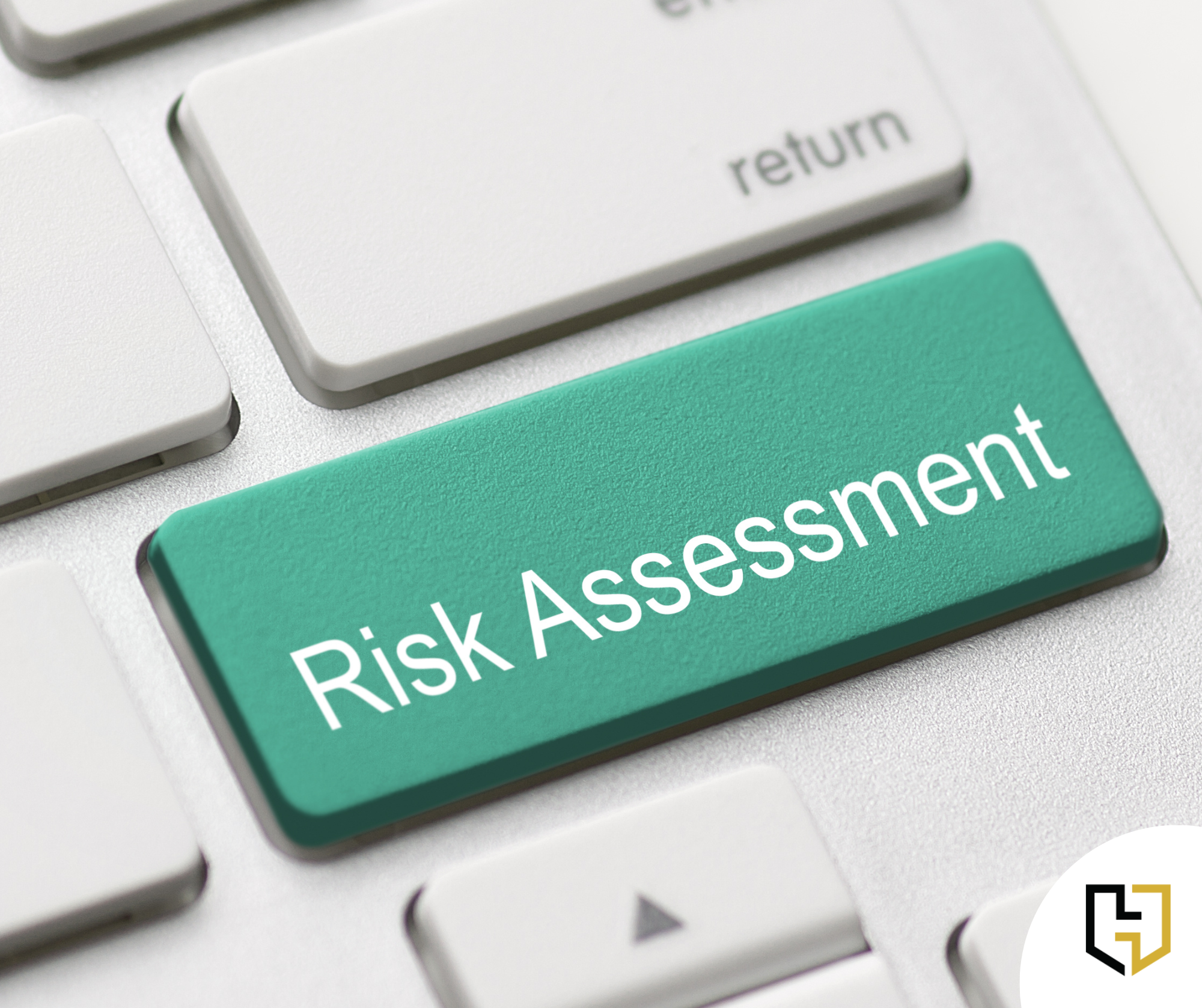Cybersecurity has become a critical concern for organizations of all sizes. Conducting a thorough cybersecurity audit is essential to protect sensitive data, ensure compliance with regulations, and maintain the trust of your clients and stakeholders. In this blog, we’ll guide you through the steps to conduct an effective cybersecurity audit for your organization.
What is a Cybersecurity Audit?
A cybersecurity audit is a comprehensive review of your organization’s information systems, policies, and procedures to identify vulnerabilities and ensure that your cybersecurity measures are robust and effective. This process helps to pinpoint weaknesses, assess risks, and implement strategies to enhance your security posture.
Why is a Cybersecurity Audit Important?
- Risk Identification and Mitigation: Identifies potential threats and vulnerabilities, allowing you to take proactive measures to mitigate them.
- Regulatory Compliance: Ensures compliance with industry regulations and standards such as GDPR, HIPAA, and ISO 27001.
- Data Protection: Protects sensitive data from breaches, ensuring the confidentiality, integrity, and availability of information.
- Reputation Management: Maintains the trust of customers, partners, and stakeholders by demonstrating a commitment to cybersecurity.
Steps to Conduct a Cybersecurity Audit
1. Define the Scope and Objectives
Before starting the audit, clearly define its scope and objectives. Determine which systems, networks, and processes will be included. Establish specific goals, such as identifying vulnerabilities, assessing the effectiveness of current security measures, and ensuring compliance with regulations.
2. Assemble Your Audit Team
Create a team of skilled professionals to conduct the audit. This team should include cybersecurity experts, IT personnel, and representatives from various departments. Consider hiring external auditors for an unbiased perspective.
3. Conduct a Risk Assessment
Identify potential risks and vulnerabilities within your organization. This involves:
- Asset Inventory: Compile a comprehensive list of all hardware, software, and data assets.
- Threat Identification: Identify potential threats, such as malware, phishing attacks, and insider threats.
- Vulnerability Assessment: Evaluate existing vulnerabilities in your systems and processes.
4. Review Security Policies and Procedures
Examine your organization’s security policies and procedures to ensure they are up-to-date and effective. This includes:
- Access Controls: Assess who has access to sensitive data and systems.
- Incident Response Plan: Review your plan for responding to security incidents.
- Employee Training: Evaluate the effectiveness of cybersecurity training programs.
5. Perform Technical Testing
Conduct technical tests to identify vulnerabilities in your systems and networks. This may include:
- Penetration Testing: Simulate attacks to identify weaknesses.
- Vulnerability Scanning: Use automated tools to scan for known vulnerabilities.
- Configuration Review: Ensure systems are configured securely and according to best practices.
6. Analyze and Report Findings
Analyze the data collected during the audit and compile a detailed report of your findings. The report should include:
- Identified Risks and Vulnerabilities: A list of all identified risks and vulnerabilities.
- Impact Assessment: An assessment of the potential impact of each vulnerability.
- Recommendations: Specific recommendations for mitigating risks and enhancing security.
7. Implement Recommendations
Develop a plan to implement the recommendations from the audit. Prioritize actions based on the severity of the risks and the potential impact on your organization. Assign responsibilities and set deadlines for addressing vulnerabilities.
8. Monitor and Review
Cybersecurity is an ongoing process. Continuously monitor your systems and networks for new threats and vulnerabilities. Regularly review and update your security policies and procedures to ensure they remain effective.
Conducting a cybersecurity audit is crucial for protecting your organization’s data and maintaining trust with your clients and stakeholders. By following these steps, you can identify vulnerabilities, mitigate risks, and enhance your overall security posture. Remember, cybersecurity is not a one-time task but an ongoing commitment to safeguarding your organization’s assets. Implement these practices, and you’ll be well on your way to a more secure and resilient organization.
Explore a wealth of information on our website https://www.hammett-tech.com/our-blog/
Visit our Socials!
- https://www.facebook.com/HammettTech
- http://www.linkedin.com/companies/hammett-technologies
- Hammett Technologies (@HammettTech) / Twitter

